The XENNS Mangird Top IEMs are excellent all-rounders that barely fall short of being class leaders.
XENNS Mangird IEMs rose to prominence thanks to the Mangird Tea that gained a cult following after becoming critical darlings. Since then, Mangird has released Tea 2 and Up, but neither were as hyped, and they failed to recapture the buzz.
- Gorgeous shell design
- Comfortable fit
- High-quality accessories
- Bass has a sense of physicality and density
- Engaging tuning that works well for most genres
- Good layering
- Modular cable has questionable durability
- Too much sub-bass at times, and the bass is on the slower side
- The slight peak around 5kHz can get distracting
- Above average imaging, average staging
- Treble exhibits some BA timbre
Meet the latest in line, the Mangird Top. Somewhat dubious naming schemes aside, the Top have a very high driver count (total 9 drivers per shell) and sport a dazzling faceplate. Mangird usually tunes its IEMs well, so on paper, the Top seem primed to dethrone the existing competition.
Reality is a bit more complex, however. Read on.
Technical Specifications
- Form: IEM
- Drivers: 1 x 10mm Beryllium coated dynamic driver + 8 balanced armature drivers
- Impedance (Ohm): 25 ohms
- Sensitivity (dB): 107 dB/mW
- Frequency Response (Hz): 20 Hz – 44 kHz
- Removable Cable: Y
- Source Jack: 2.5mm, 3.5mm, 4.4mm (modular cable)
- Cup/Shell Jack: 0.78mm, 2-pin
Packaging
The Top arrive in a fairly large box, with specific cutouts holding the accessories and the IEMs.

In the box
- XENNS Mangird Top IEMs
- 6 pairs of silicone tips
- 3 pairs of foam tips
- PU leather carrying case
- Modular cable with interchangeable terminations (2.5mm, 3.5mm, 4.4mm)
- Keychain
The presentation is befitting of a pair of IEMs in the USD$500 range, and the accessories are of good quality in general.

The carrying case is oversized, and I love this shade of green. It has felt-lined cutouts inside to hold the IEMs along with the cable. There is a pouch on the top “lid” to hold extra accessories as well.

The stock cable sports a modular system where you can switch terminations on the fly. All three popular terminations (2.5mm, 3.5mm, and 4.4mm) are supplied. The cable has a 6N OCC single-crystal copper core with silver plating.
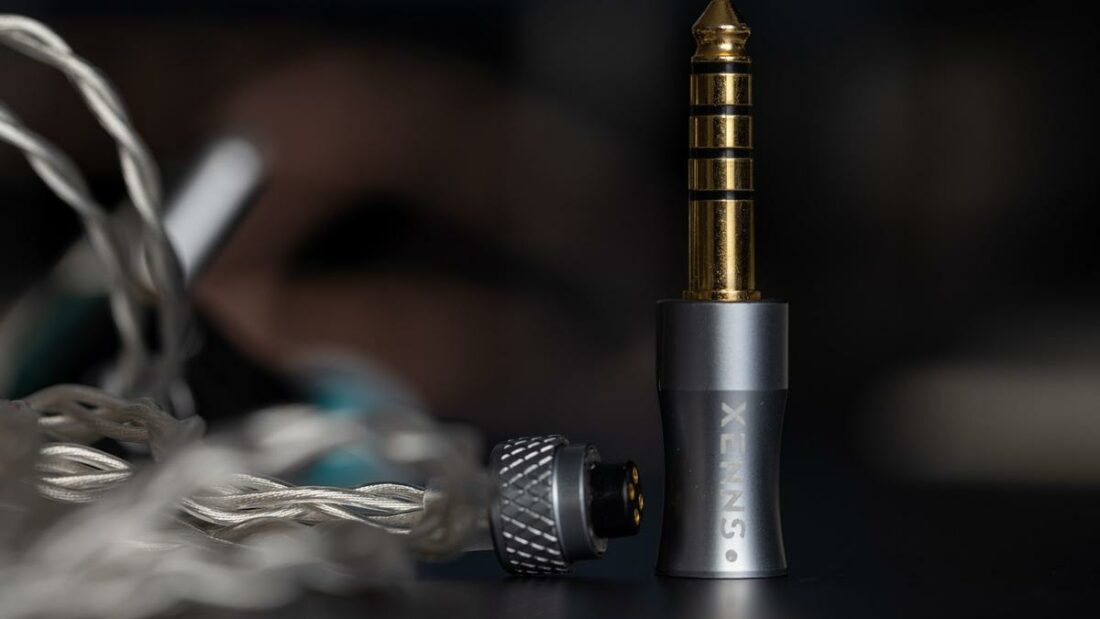
The cable’s modular system needs to be more robust to support frequent termination changes.
The female connector of the hot-swap mechanism is too short for a durable connection. The Letshouer Z12 cable has a similar design, and this system can fail over time (as I encountered in my own testing of the Z12).
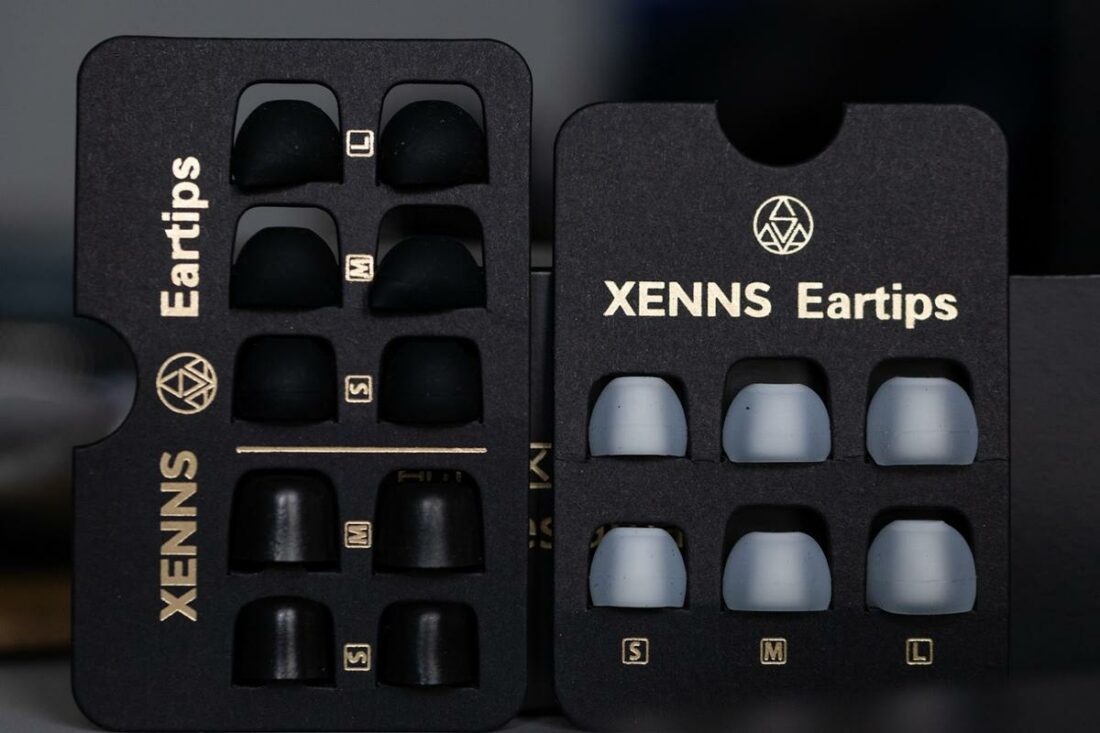
The stock tips are good enough to get you started, and I found the white tips to work well for me. Your mileage may vary, so try experimenting with different tips for the best fit and sound.
Design
There is no other way to put it: the Top are gorgeous IEMs.
Resin shells are dime-a-dozen these days. However, the Mangird Top stand out with their unique faceplate design that evokes a sense of charming depth.
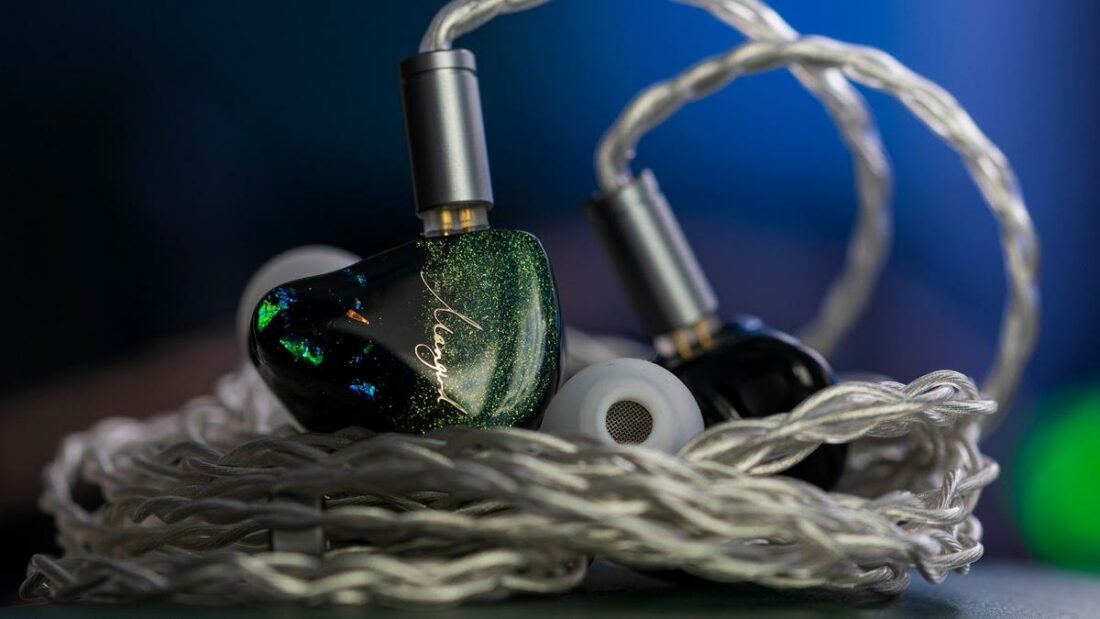
The shell is translucent black, while the faceplate has the Mangird logo in gold lettering and the aforementioned decorative pattern. The UV-cured shells are hand-painted, resulting in unique patterns on every unit.
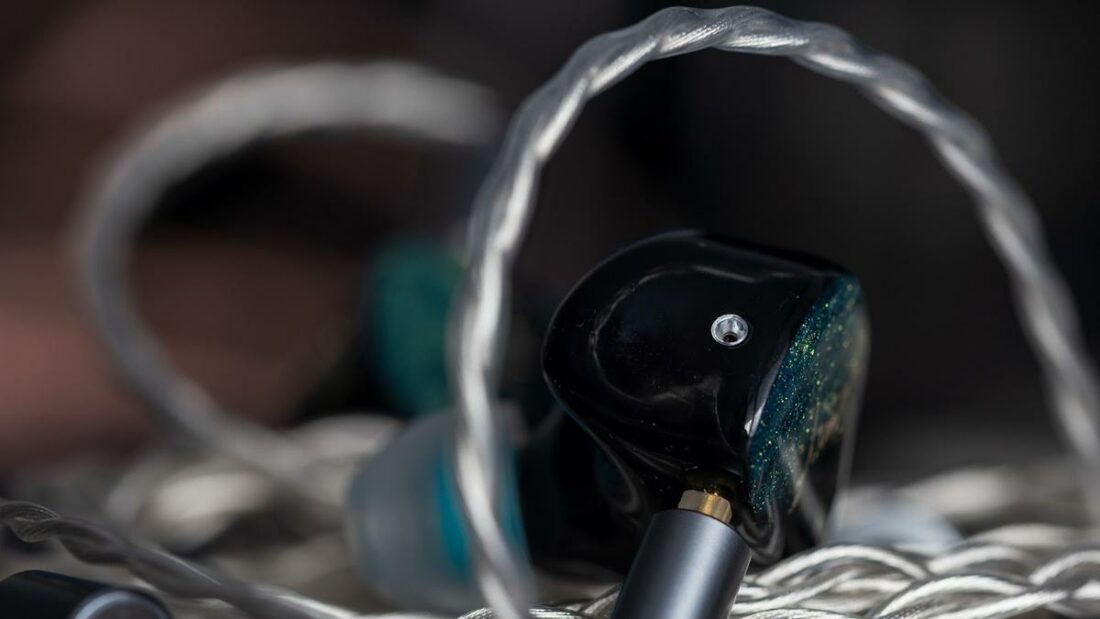
The sides of the IEMs house a single vent, which helps in reducing driver flex of the dynamic driver. The 2-pin connection is, unfortunately, flush with the shell, which is less durable than the ones that sit within a recession.
Comfort and isolation
Comfort, in general, is excellent.
The large, stubby nozzle makes it very difficult to use tips with bore diameters less than 4mm.
Isolation is above average, but ambient noise is not fully drowned out.
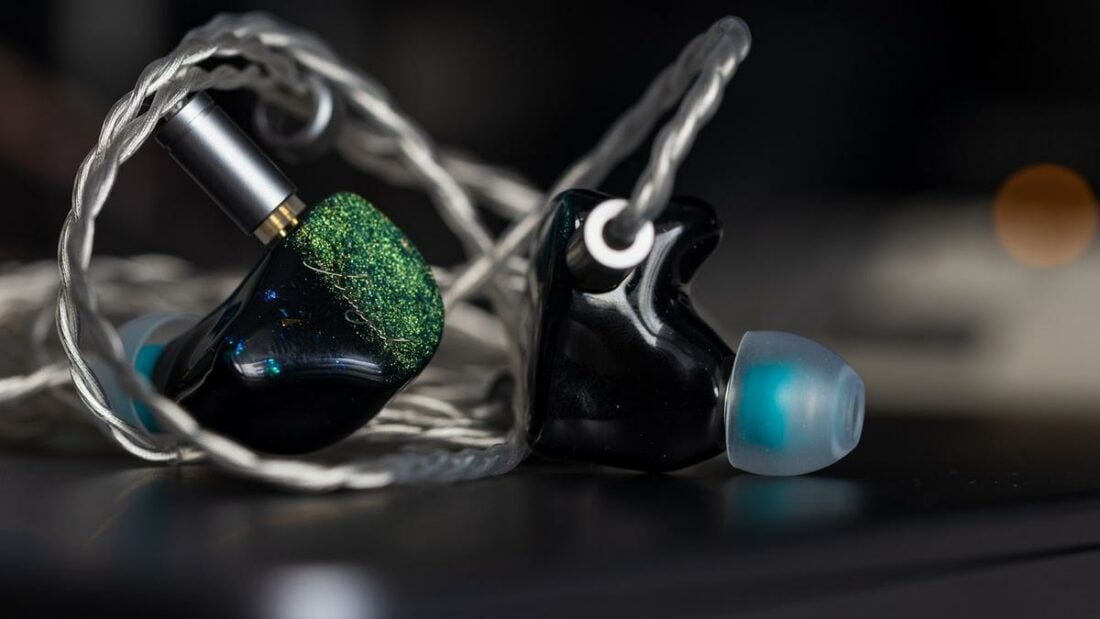
Internals
The Mangird Top contain nine drivers per side.
That’s a lot of drivers and requires a complex four-way crossover circuit to keep frequency division in check.
The single 10mm Berillium-plated dynamic driver handles low frequencies. Two Sonion 2600 drivers are in charge of the midrange. Lastly, a pair of Knowles dual-tweeters take care of the lower and mid-treble, while a single dual-BA Knowles 32406 handles ultra-high frequencies.
In terms of tech, XENNS has covered its ground well. Let’s see how the sound stacks up.
XENNS Mangird Top Sound
The Top have a bass-boosted neutral tuning, with some added brilliance in the treble region.
This kind of tuning is versatile enough to work with various genres, so let’s explore it further.
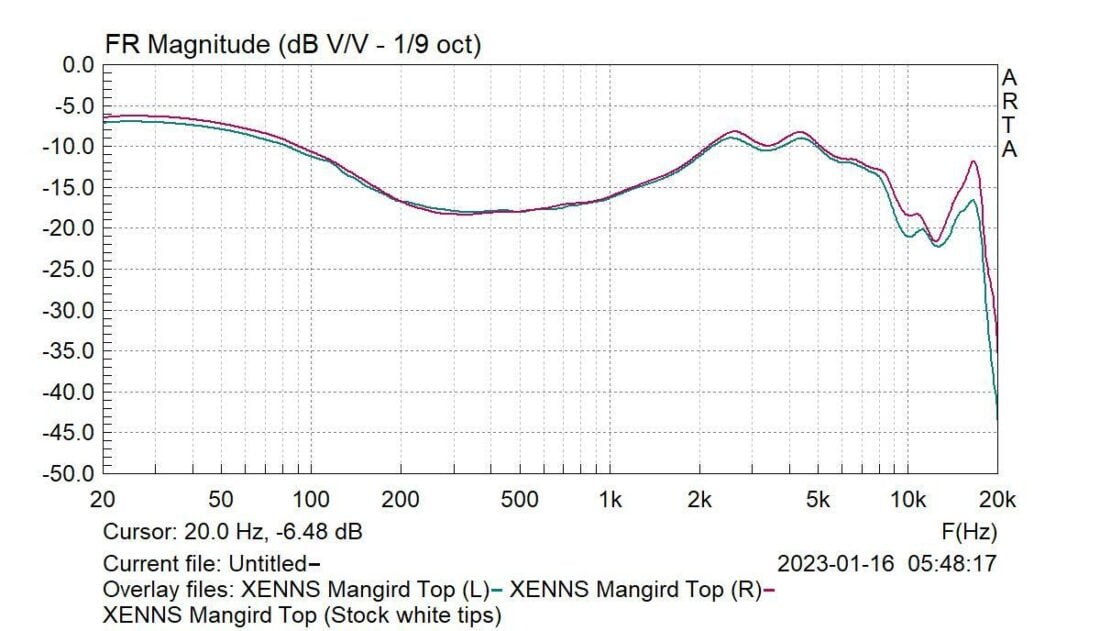
Bass
Beryllium drivers are known for their light mass and very high rigidity, characteristics of the “ideal dynamic driver.” However, the Mangird Top use a Beryllium “plated” driver, leading to some compromises.
The sub-bass is noticeably boosted by around 10dB over the lower-midrange. However, the rise starts from 250Hz or so, resulting in some added punch in the mid-bass. Mid-bass is flat for the remainder, so it doesn’t cloud or muddy up the mid frequencies.
As for the bass quality, the decay is slightly longer than the best dynamic drivers out there. This contrasts with the otherwise much faster mid and high BA drivers. Some incoherency might creep in here, depending on the listener’s sensitivity.
Bass texture is good, and the rumble has a strong impact. The sub-bass can get too much for those who prefer a more linear bass, and I notice it in tracks like American Football’s Where Are We Now, where the sub-bass can get overwhelming.
Midrange
The midrange is the star of the show.
Male vocals sound full and articulate, without any honk or muddiness. Female vocals have plenty of energy without veering towards shoutiness. I prefer a bit more weight when it comes to baritone vocals than the Mangird Top offer, though.
Strings have a heightened sense of attack, as heard in Damien Rice’s Cannonball. Grand pianos have their characteristic density as the keys downstroke, but again, a bit more density would be appreciated.
Nonetheless, the mids are very well-tuned overall, and the resolution is as good as one can expect in this price bracket.
Treble
Treble is where the Top are somewhat problematic.
On the plus side, the treble has fairly good extension and does not lack energy. Cymbal hits are not overly pronounced due to the downslope between 5-10kHz. There’s another peak in the upper-treble around 15-16kHz, which adds to the airiness.
Then come the downsides. BA timbre is noticeable throughout the treble region, characterized by an artificial tone to cymbals and hi-hats. The biggest problem lies in the lower-treble peak, which tends to over-sharpen the leading edge of guitar riffs and can get too intense – case in point: Porcupine Tree’s Prodigal.
The treble rolling off gradually from thereon to the upper-treble regions further exaggerates the peak. Another peak within the mid-treble area could have changed the focus from the lower-treble region, a common tuning in certain TOTL offerings.
This peakiness is most noticeable in tracks with electric guitars or high-pitched vocals and instruments. Unfortunately, rock and heavier genres fall victim to this on the Mangird Top, and that’s a shame.
Soundstage and imaging
The soundstage is not congested or narrow, but it is not spectacular either. Stage depth especially needs to be more convincing to have the sense of frontal projection certain IEMs can reproduce.
Instrument placement within the stage is accurate for cardinal directions, but when it comes to center imaging and ordinal directions (top-left, top-right, etc.), the Mangird Top suffers. Poor center imaging is a common weakness of most IEMs, so the Top are not the only ones who fall short.
Dynamics and speed
Macrodynamic punch is well reproduced, as sudden drops in bass or crescendos maintain their dramatic nature. However, the slower bass decay can feel lethargic at times.
Microdynamics are middling, as the subtle shifts in the volume are not as noticeable in tracks like Counting Crow’s Miami.
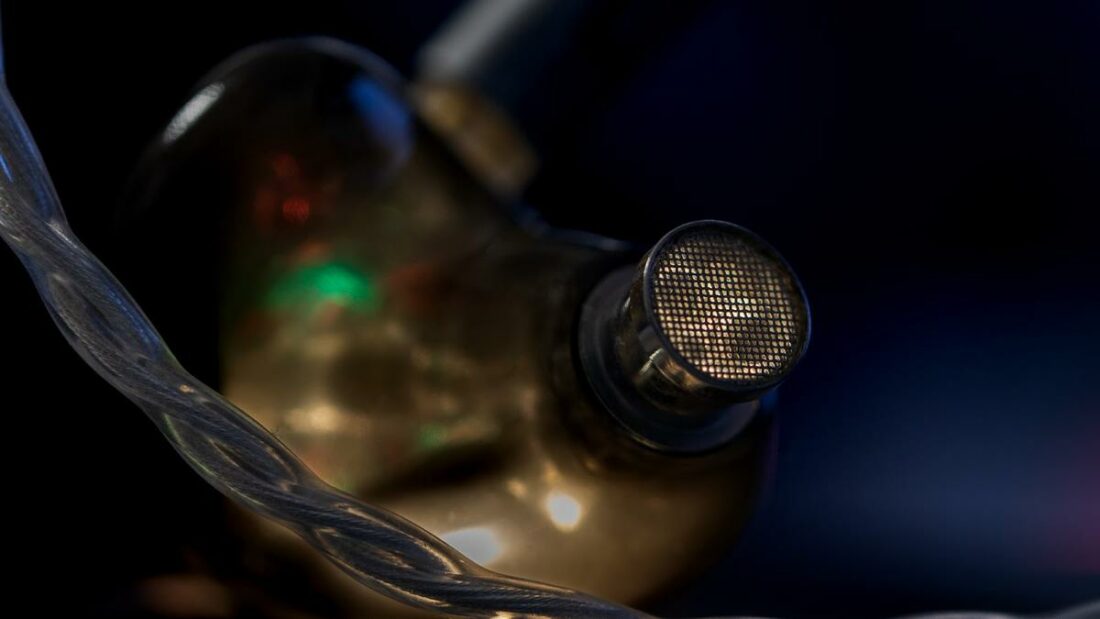
Comparisons
Vs Dunu Studio SA6
Dunu’s Studio SA6 have long been my benchmark around the USD$500 price range. As the Mangird Top compete directly in this range, a detailed comparison is due.
In terms of build, both are exquisite, but I find the SA6 to be more noticeable when put in the ears.
The SA6 have the “bass boost” switch that slightly bumps the bass response, a feature the Mangird Top lack. The SA6 also come with superior accessories, such as a more durable modular cable, a wider tip selection, and other extras.
In terms of driver configuration, the Studio SA6 are all BA affairs, with six balanced armature drivers taking care of things. The Mangird Top use a hybrid setup, so on paper, the Top are better equipped.
During actual listening sessions, things are not so straightforward. To summarize: the Top have better bass, while the Dunu Studio SA6 have better treble. The midrange is about par on both.
The tussle continues when it comes to technicalities, as the stage is slightly more intimate on the SA6, while imaging is similar on both. In terms of sheer resolution though, I put the Studio SA6 slightly ahead due to their better treble, as cymbals and hi-hats have a more natural attack and decay on them.
Moreover, the SA6 do not sound overly energetic while guitar riffs are playing – another bonus.
I prefer the Sudio SA6, since most of my playlist consists of heavier genres. If you mostly listen to bass-heavy tracks, though, the Mangird Top will serve better.

Where to Buy
Conclusion
Like their iridescent shells, the XENNS Mangird Top can appear great or fall short, depending on your perspective.
They are very competent in terms of resolution, with treble-forwardness being the only issue. The mids are tuned very well, and the bass will cater to most unless you are too nitpicky.
Unfortunately, the staging and imaging continue to be somewhat lackluster among the better-tuned IEMs in this range, albeit the layering of instruments remains a strength.
If you do not listen to a lot of metal or rock tracks, the XENNS Mangird Top may be up your alley and deserving of an audition. Otherwise, something like the Dunu Studio SA6 will serve you better, or the Moondrop Variations if you want even more bass and better imaging and staging while sacrificing the naturalness of tone.
The choices are all there to suit your tastes – just be aware of the compromises along the way.
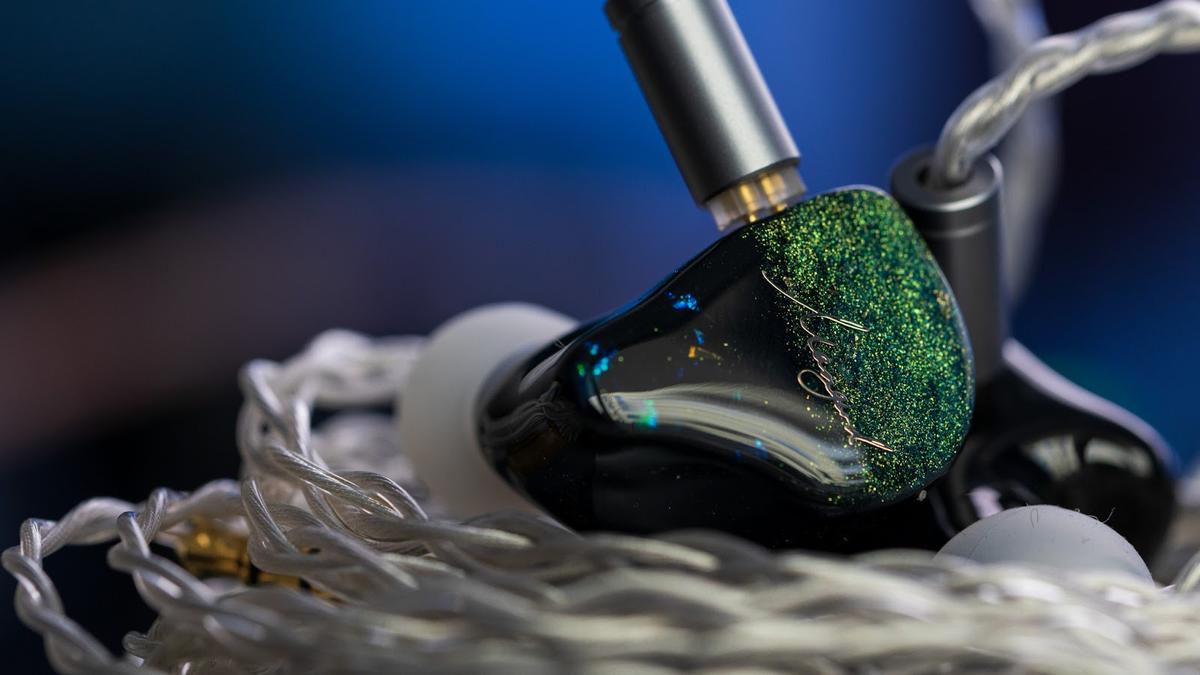
In some cases the added cost of the next model higher is worth it. The UP’s look smoother and are certainly not the same sound signature of the TOP. A better implementation of the BA and EST adds g extension without the BA coherence and timbe. The UP has one of best implementation of EST drivers I have heard and the bass back it up bringing the warmth and note weight. IMHO ToneDeafMonk.
I think the UP is for those who prefer a more relaxed, yet resolving treble region, whereas TOP is suitable for those who need more treble presence.
Great Review and layout thanks for taking the time to share your subjective take on this beautiful IEM.
Thanks for the review. You compare the Top to Moondrop Variations but do you have a separate review for that set? Can’t find it on the website.
Cheers